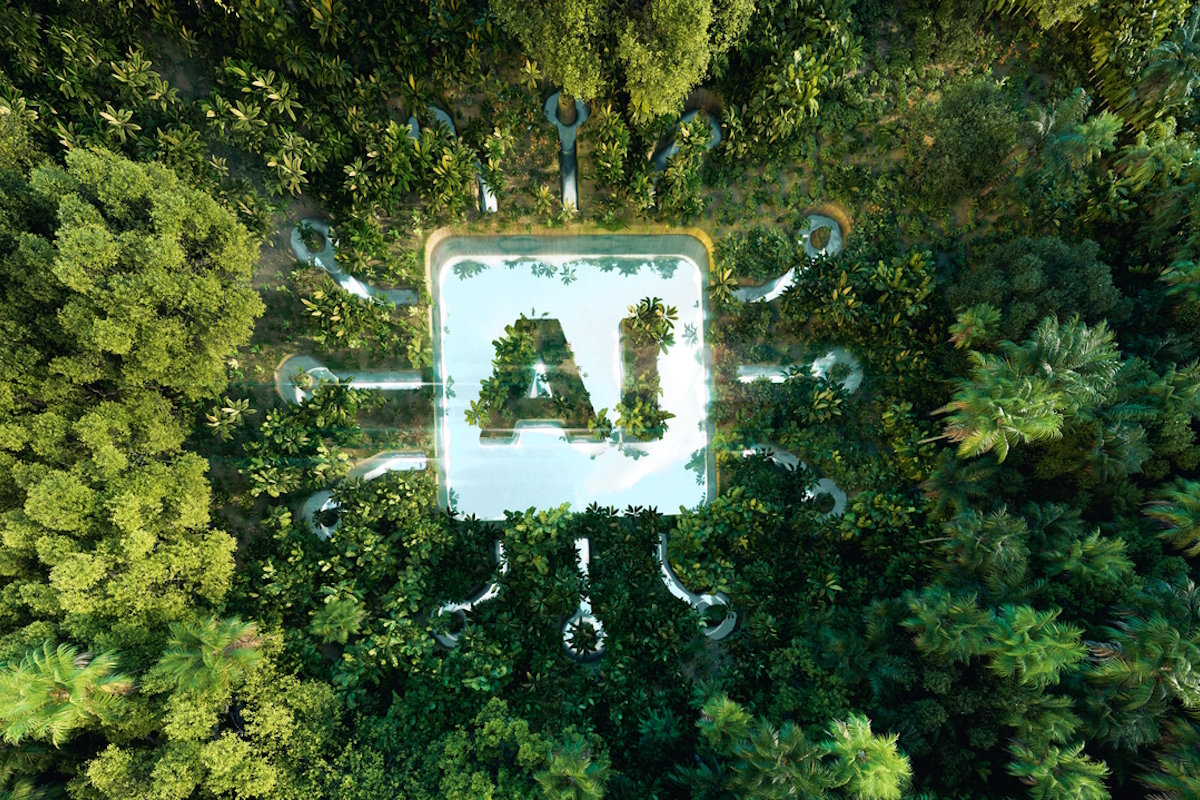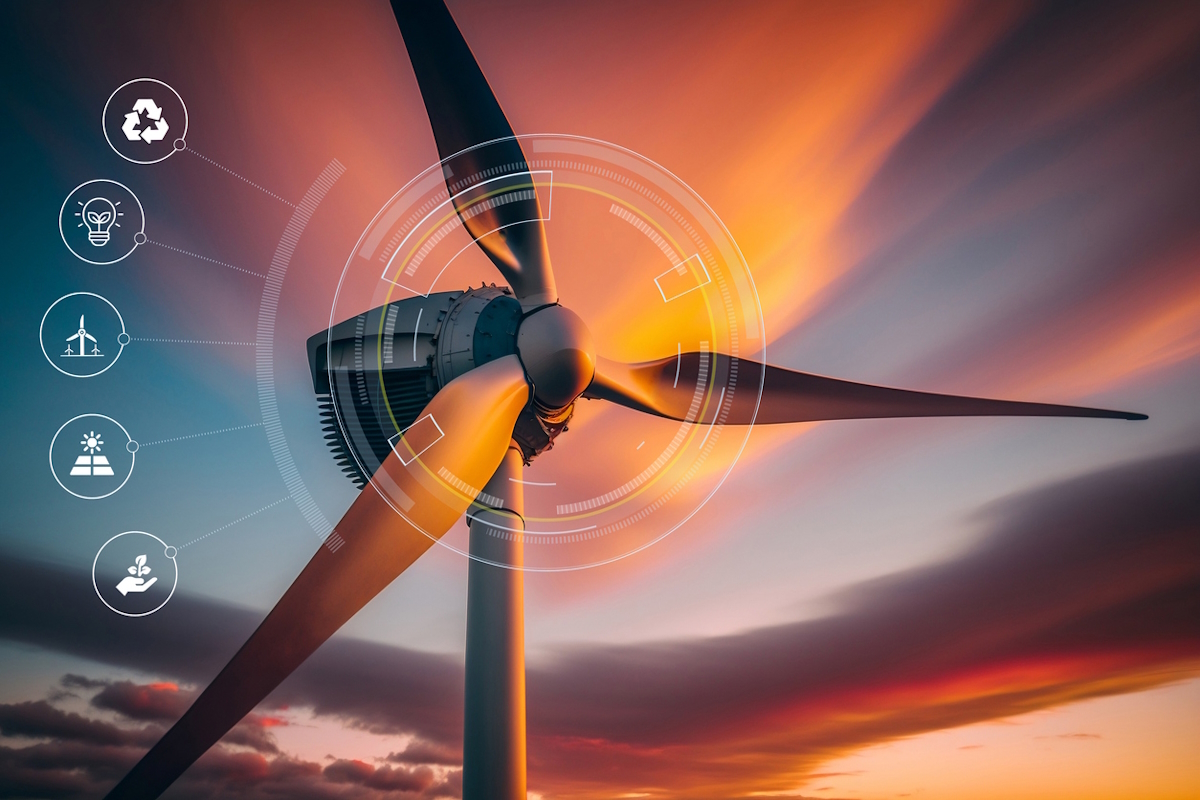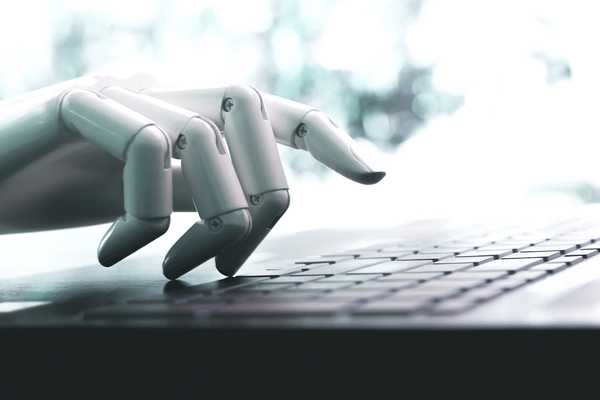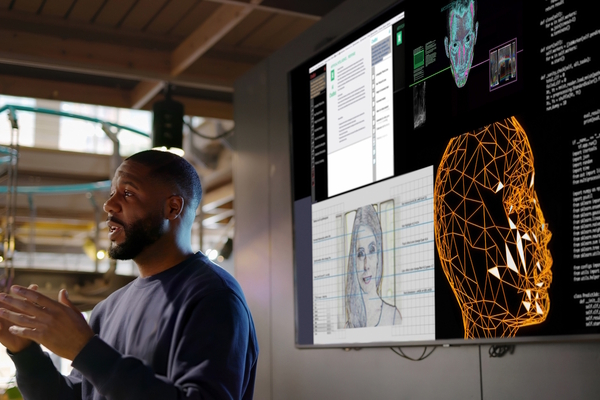Debunking the AI energy myth

Heiko Claussen at AspenTech explains how industrial AI saves more than it consumes
Global energy consumption is on a steep growth path. According to the Energy Information Administration’s (EIA) International Energy Outlook, it is projected to rise by 34% between 2022 and 2050, outpacing advancements in energy efficiency.
Amid growing concerns about climate change and resource depletion, artificial intelligence (AI) often finds itself under scrutiny, accused of accelerating energy consumption and hastening an energy crisis.
But is this criticism justified? What is the actual impact of AI on energy consumption, particularly in industrial settings? And how do the perceived energy costs of AI compare with the substantial benefits it delivers?
Demystifying AI’s energy footprint in industry
The perception that AI is a significant energy drain primarily stems from the substantial computational resources required to train large foundation models, processing massive datasets like language, images, weather patterns or seismic data. Training these colossal models involves complex calculations and iterative processing, consuming vast amounts of electricity and necessitating robust cooling systems.
This scenario has led to headlines highlighting the carbon footprint of AI and raising alarms about its sustainability.
However, it’s crucial to distinguish between the energy demands of training these large-scale models and the operational energy footprint of AI applications in general.
In industrial environments, the AI models employed are typically much smaller and more specialised. Designed for specific tasks like predictive maintenance, process optimisation, or renewable forecasting, they operate on data collected from facility sensors, control systems or simulations - datasets modest in size compared to those used in training large language models.
These industrial AI applications require minimal hardware for continuous operation, often running on existing infrastructure and leveraging edge computing. Processing data close to the source reduces the need for raw data transmission to cloud servers, lowering energy consumption and enhancing response times - critical in industrial processes where real-time decision-making impacts safety and efficiency.
Balancing energy use with significant benefits
One might argue that the cumulative energy consumption of numerous small AI applications could be substantial. However, when weighed against their benefits, the energy cost is minimal. The adoption of AI in industrial processes offers advantages that far outweigh its energy consumption.
AI systems enhance safety by monitoring operations in real-time, detecting anomalies, and predicting potential failures before they occur. This predictive capability is vital in preventing accidents, safeguarding employees, and protecting the environment from industrial hazards.
Moreover, AI-driven optimisation fine-tunes processes to operate at peak efficiency. For example, in manufacturing plants, AI can adjust machine parameters to minimise waste, reduce energy usage, and increase throughput without compromising quality.
By reducing downtime through predictive maintenance and optimising resource utilisation, AI helps companies save on operational costs, positively impacting the bottom line and offering a competitive edge. AI also plays a pivotal role in helping industries meet sustainability targets by reducing energy consumption and emissions.
It can optimise supply chains to minimise transportation distances, lowering fuel usage and associated carbon emissions. In energy generation, AI models predict renewable energy outputs based on weather data, allowing for better integration of renewable sources into the grid and reducing reliance on fossil fuels.
Advancements towards energy-efficient AI
The future of industrial AI aims for more capabilities with less energy consumption. Ongoing research focuses on creating energy-efficient AI models and hardware. Algorithmic efficiency is a key area of advancement, with researchers developing algorithms that require fewer computational resources. Techniques like model pruning and quantisation help create models that perform efficiently without compromising required accuracy.
Edge computing remains significant, processing data on-site rather than transmitting all raw data to remote servers, converting large data to smart data, thus reducing energy consumption associated with data transfer and storage as well as improving response times.
Specialised hardware development is another avenue, with application-specific integrated circuits (ASICs) or neuromorphic hardware allowing AI computations to be performed more energy-efficiently than with general-purpose processors.
Hybrid models represent a promising development in industrial AI. By combining AI with traditional physics-based models, these hybrid models enhance robustness and reliability while keeping energy demands low.
They leverage domain expertise and engineering fundamentals to guide AI systems within established operational guardrails, ensuring that AI models adhere to the laws of physics and engineering principles. This integration prevents unrealistic or unsafe predictions and allows for better extrapolation beyond the training data, crucial in industrial applications where conditions can vary widely.
Also, hybrid models themselves are more efficient than pure data-based models as they are constrained by first principles to a subspace of physically meaningful solutions and therefore require less parameters and data to build. This results in more efficient training and operation and is well suited in industrial settings that often don’t provide data for all scenarios of interest e.g., all possible failure cases of an equipment.
For example, chemical manufacturers are applying hybrid AI models to optimise reaction processes. By combining kinetic models with AI algorithms, they achieve higher yields with lower energy input, demonstrating how innovation in AI contributes directly to energy efficiency.
Trust and transparency are essential in industrial AI applications. Unlike black-box models that offer little insight into their decision-making processes, industrial AI models aim for explainability. Operators can understand why a model makes certain predictions, which is critical for gaining trust and facilitating adoption.
This transparency also ensures compliance with regulatory requirements and safety standards, as decisions can be audited and validated against established protocols.
A sustainable path forward
Balancing energy consumption with the benefits of AI involves understanding the broader impact. The incremental energy used by AI applications in industrial settings is an investment toward greater safety, efficiency, and sustainability.
The energy savings from AI-enabled process optimisations far exceeds the energy used by the AI systems themselves. Preventing a single unplanned outage or accident through predictive maintenance can save enormous amounts of energy and resources that would otherwise be spent on repairs and downtime.
As renewable energy sources become more prevalent, the carbon footprint associated with energy consumption decreases. The energy used to power AI systems increasingly comes from cleaner sources, further mitigating environmental concerns. Industries are adopting holistic approaches to sustainability, where AI optimises not just individual processes but entire operations, leading to systemic energy reductions. For example, automating the identification of the best suitable sustainability pathway is key to scale sustainability applications and achieve net zero goals.
Also, AI automated workflows result in increased efficiency thus enabling nearshoring to higher cost areas which significantly reduces energy use and emissions in the supply chains.
In examining the realities of industrial applications, the perception that AI is propelling us toward an energy crisis does not hold. The energy demand of AI in these settings is relatively low, and the benefits are substantial and multifaceted.
Industrial AI stands as a pivotal tool in driving efficiency, safety, and sustainability, contributing to a more resilient and energy-efficient future.
Heiko Claussen is Senior Vice President of Artificial Intelligence at AspenTech
Main image courtesy of iStockPhoto.com and Petmal

Business Reporter Team
Most Viewed
Winston House, 3rd Floor, Units 306-309, 2-4 Dollis Park, London, N3 1HF
23-29 Hendon Lane, London, N3 1RT
020 8349 4363
© 2025, Lyonsdown Limited. Business Reporter® is a registered trademark of Lyonsdown Ltd. VAT registration number: 830519543





